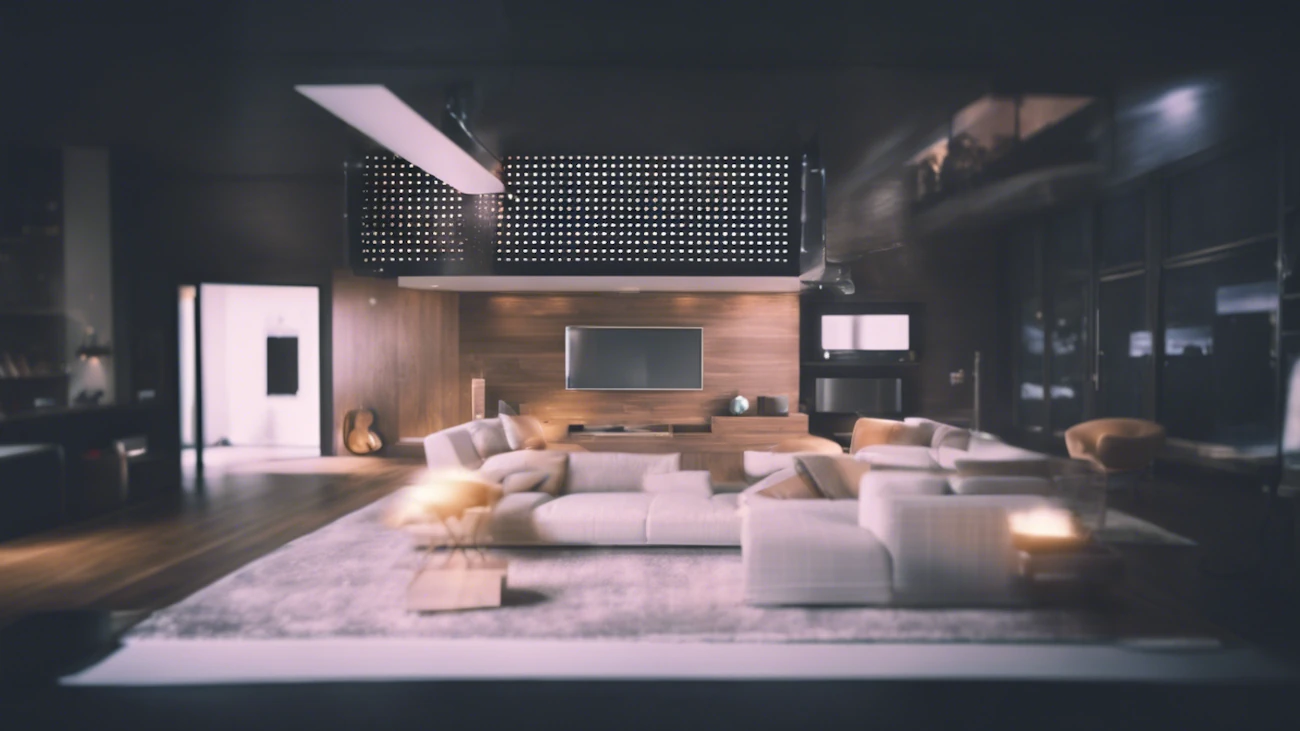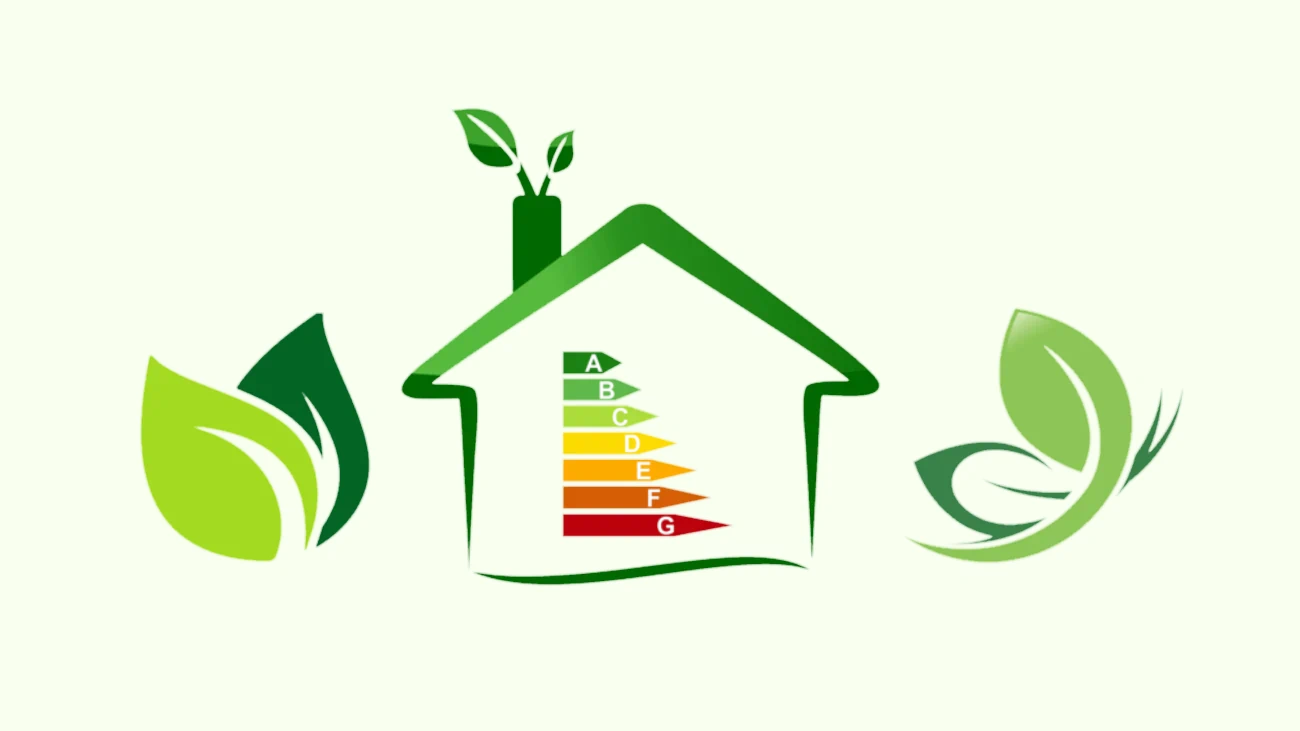Smart building
A smart building (or smart home) is an integrated system of electronic and automation devices that provides comfort, energy efficiency, and security for residents. Electronic devices include a variety of sensors, actuators, and controllers, which communicate with each other and with user mobile devices using wireless and network technologies.
- Sensors detect the presence of people and the level of lighting and temperature.
- Actuators activate lighting systems, heating, air conditioning and electrical appliances.
- Controllers provide a user interface for programming and monitoring devices, allowing users to adjust settings and receive alerts for problems.

Smart buildings automation allows devices to work together, coordinating energy use and minimizing costs.
The technology behind a smart buildings is based on device connectivity, automation systems, and security systems.
A reliable, high-speed wireless network and adequate infrastructure are required to integrate and communicate electronic devices.
It's important to select devices that are compatible with the communication protocols used, and have an adequate security strategy to protect the personal information and privacy of users.
Some of the most popular technologies commonly used for smart-buildings:
- WiFi: It's the most widely used wireless technology to connect devices in a smart home. Devices that connect to Wi-Fi can be controlled and monitored from anywhere in the world through a mobile app.
- Zigbee: It is a low power wireless communication protocol that is used to connect devices in a smart home. Zigbee is very useful for devices that don't need a lot of data, such as sensors and lighting devices.
- Z-Wave: It's another low power wireless communication protocol used in smart homes. Z-Wave devices communicate with each other and with the network through a specific radio frequency.
- Bluetooth: It's a short-range wireless communication technology used in smart homes to control nearby devices. Bluetooth devices connect to each other and to the user's mobile devices through a direct connection.
- Home Automation Protocol (HAP): It's an Apple communication protocol used to connect devices in a smart home. HAP devices communicate over Wi-Fi and are compatible with Apple devices.
- Thread: It's a low power wireless communication protocol used in smart homes to connect devices. Thread is based on the IPv6 protocol and uses mesh technology to create a robust, fault-resistant network.
- KNX: It's a communication protocol and system architecture for building automation used to control and manage various functions such as lighting, heating, ventilation, security systems and more. KNX is an open standard that allows interoperability between different devices and systems from different manufacturers.
- Each technology and protocol has its own characteristics and advantages. Selecting the right technology and protocol for each specific device and application is important to ensure proper integration and communication in the smart home.
Our team of experts is committed to exploring new ways to integrate technology with human life to improve energy efficiency and quality of life.
Energy Efficiency
Energy efficiency is one of the main goals of smart homes, as it allows to reduce energy consumption and therefore save money on energy bills. Home automation allows control and optimization of energy consuming devices and systems, resulting in more efficient use of energy.
To achieve greater energy efficiency in a smart home, various methods and technologies are used. One of the main ones is the use of sensors to detect the presence of people in a room and automatically adjust the lighting and temperature, in this way, unnecessary energy use in empty rooms is avoided.
Another common method is the use of energy measurement and monitoring devices, which allow to track energy consumption in real time and adjust their behavior accordingly. These devices can detect energy efficiency problems and suggest solutions to improve efficiency.

Renewable energy systems, such as solar panels and wind turbines, integrate seamlessly into the home's electrical grid, and excess power can be stored in batteries for later use. In addition, they optimize the use of household appliances and other high energy consumption devices, such as air conditioners and water heaters, to reduce energy consumption at times of high demand and avoid surges in the electrical network.
Some of the leading brands in the smart home energy efficiency market include:
- Nest: It's offers a variety of products that help smart home owners monitor and optimize energy use in their homes, including smart thermostats and security cameras that work with artificial intelligence technology to learn user habits and automatically adjust to save energy.
- Philips Hue: It's a leading smart lighting brand offering energy efficient LED bulbs that can be controlled via a mobile app or by voice via virtual assistants such as Amazon Alexa or Google Assistant.
- Ecobee: It's offers smart thermostats with advanced scheduling and remote control features to optimize energy use in the home. In addition, its presence detection technology allows you to adjust the temperature depending on whether someone is at home or not.
- Lutron: It's a leading brand in smart lighting control systems that enable efficient lighting scheduling and control, whether through motion sensors, automatic scheduling, or through a mobile app.
- Samsung SmartThings: It's a home automation platform that allows you to control and monitor electronic devices around the house through a mobile app or by voice. It also offers advanced power scheduling and control features to reduce energy use and save money on utility bills.
Energy efficiency in smart homes is achieved by automating and controlling energy consuming devices and systems, using sensors and energy measurement and monitoring devices, integrating renewable energy systems, and optimizing the use of energy. appliances and other high energy demand devices. All of this can result in significant savings on energy bills and a positive impact on the environment.
Are you still interested in this topic?
A good idea is to continue here:

